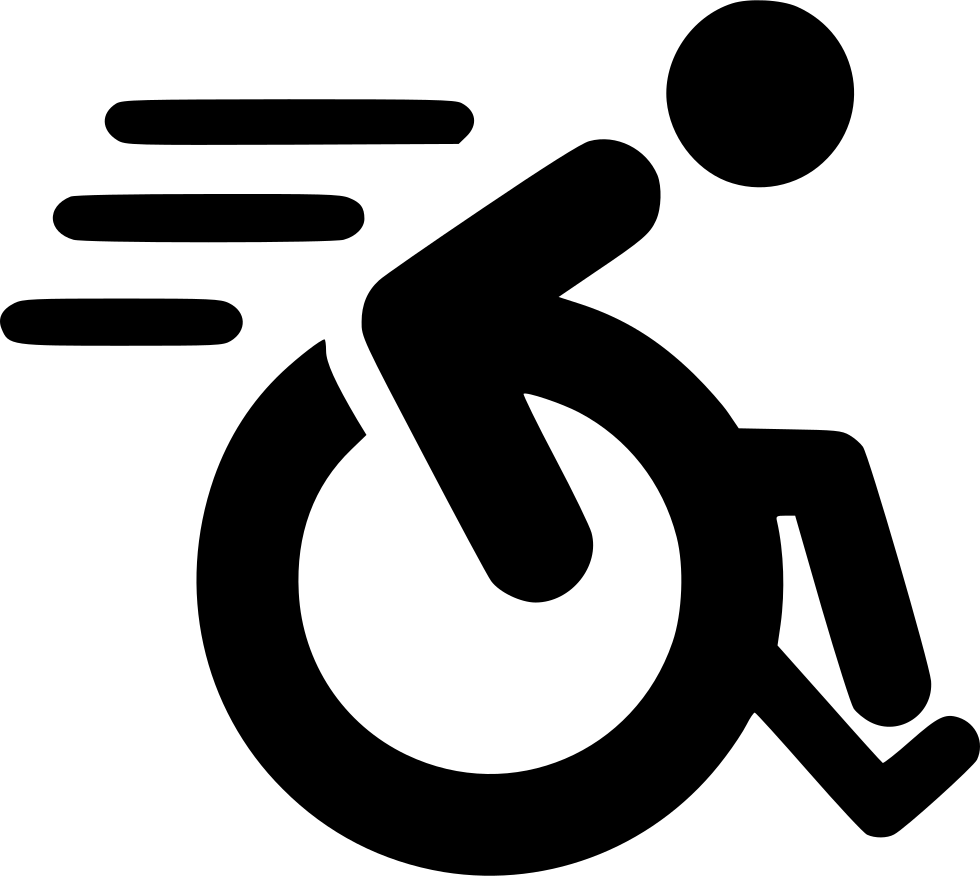Library
-
Dental pain may take on a variety of appearances, but often, a cat will not show any outward signs of pain. The only effective treatment for dental pain is to address the cat's underlying dental disease. The best way to prevent dental pain is to ensure that your cat receives regular dental care through a home dental care plan and regular veterinary dental care.
-
Dental pain may take on a variety of appearances, but often, a dog will not show any outward signs of pain. The only effective treatment for dental pain is to address the dog's underlying dental disease. The best way to prevent dental pain is to ensure that your dog receives regular dental care through a home dental care plan and regular veterinary dental care.
-
If a tooth is unerupted, it is at risk of forming a destructive dentigerous (odontogenic) cyst in the bone. Although unerupted or broken teeth can be painful, dogs rarely show obvious signs of pain. Dentigerous cysts, including and the original tooth must be removed carefully as to avoid compromising the bone, which can easily fracture during the extraction. Dentigerous cysts are preventable if unerupted teeth are addressed early in life.
-
Deracoxib (brand name Deramaxx) is a non-steroidal anti-inflammatory drug (NSAID) used in dogs after surgery to reduce the pain associated with surgery (e.g., orthopedic and dental surgeries), as well as for the treatment of osteoarthritis. This article discusses possible side effects, risk factors, drug interactions, monitoring, and proper storage.
-
Dermaquin® is a supplement for dogs and cats that supports a healthy skin barrier. It contains a blend of nutritional ingredients, including hardy kiwi, omega fatty acids, and beta-glucans. It can be used alone or in conjunction with other skin treatments and medications.
-
Dermatomyositis is hereditary, immune-mediated disease of the skin muscles and blood vessels affecting primarily collies, Shetland Sheepdogs and mixes of these breeds. Other breeds can experience similar disease. Signs are usually first recognized in puppies but can present in young adulthood. Signs include: skin lesions (crusty erosions, patchy alopecia or ulcers) around the eyes, lips, face, ear flaps or tail tip, foot pad lesions; atrophy of chewing muscles or difficulty chewing; stiff gait and megaesophagus in severely affected dogs. Skin biopsies are diagnostic. Treatment involves treating secondary bacterial infections, reducing sun exposure, EFAs, and immunomodulatory medications including tetracycline, niacinamide, pentoxifylline, cyclosporine and corticosteroids. Prognosis varies depending on severity.
-
This handout discusses the growing trend for designer dog breeds – the crossing of pure dog breeds to create dogs that combine “the best of both worlds.” The pros and cons of this practice are highlighted, along with some of the more common designer breeds currently available.
-
Desmopressin is a hormone used off-label to treat diabetes insipidus (not diabetes mellitus) and von Willebrand disease in cats, dogs, and horses. Desmopressin is usually provided in a nasal spray format, but the nasal spray is administered as drops in the eye. Your veterinarian may recommend an oral tablet or an injection given in the clinic.
-
Desoxycorticosterone pivalate (DOCP) (brand name Percorten-V®, Zycortal®) is a steroid hormone replacement therapy used to treat primary hypoadrenocorticism (Addison’s disease) in dogs. Extra-label (off-label) lower dosages of DOCP (i.e., lower dose, longer dosing interval, or both) can be used to control the balance of blood electrolyte levels. DOCP has also been used extra-label to treat hypoadrenocorticism in cats.
-
Dexamethasone is given on and off label, by mouth or injection, to treat various inflammatory, autoimmune, and adrenal gland conditions. It can also be used off label as a diagnostic test. Common side effects include increased drinking, urination and/or appetite, dull/dry haircoat, weight gain, pot-bellied appearance, muscle weakness, panting, vomiting, or diarrhea.

